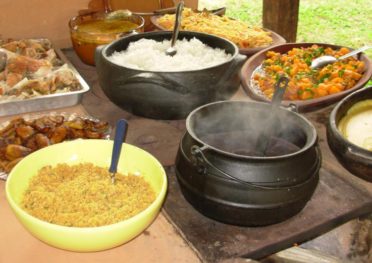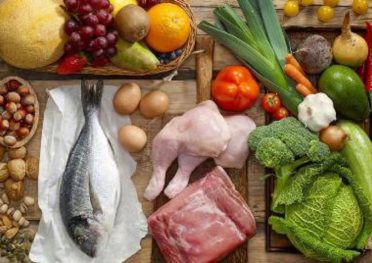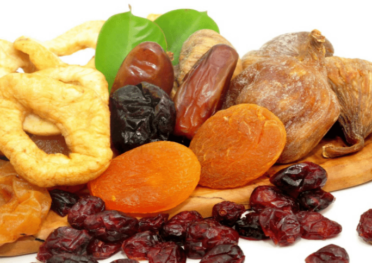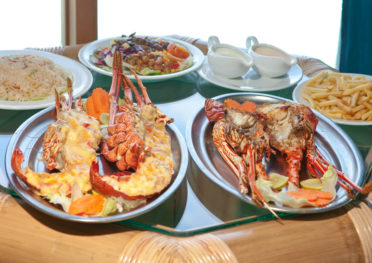The most striking finding with regard to the diet of the population of Cape Verde at the dawn of Cape Verdean history is that two distinct diets were maintained for a long time, not so much because of the obvious dual origin of the people (European/African), but because of the deep-seated conviction at the time that Europeans would not resist the African diet, as Africans would not with the Mediterranean diet.
While Europeans anchored themselves persistently in the trio of bread/wine/oil regularly arriving from Portugal and Spain, Africans fed on maize and rice, loaded with slaves, in the monthly consignment of supplies along the riversides of the continent.
Of course, these diets were not only the anchor foods, as they were completed with abundant production of cattle (cow and goat), vegetables and fruits, produced in great abundance on the udder banks of the Ribeira Grande, in addition to the dried fruits, cheese and honey arrived along with wheat, wine and olive oil from the Portuguese metropolis.




